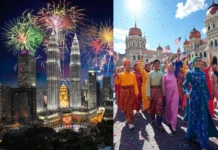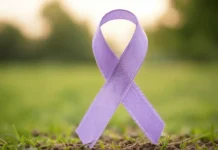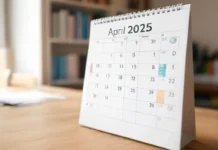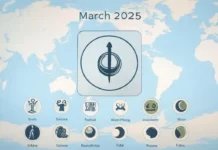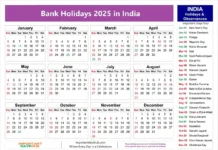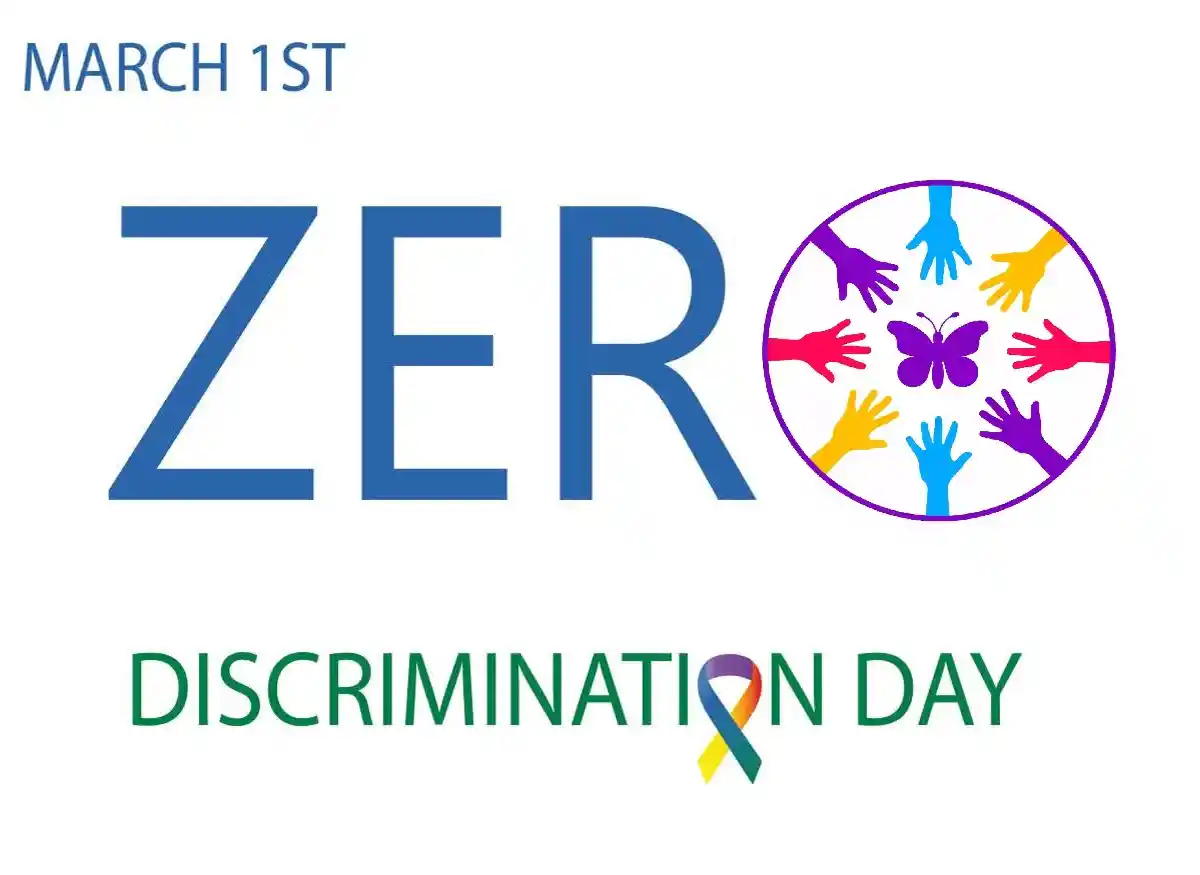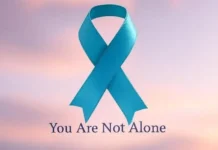Zero Discrimination Day is celebrated annually on March 1 to raise awareness and promote equality for everyone, regardless of their race, gender, religion, ethnicity, age, disability, or sexual orientation. This day serves as a reminder that every individual deserves equal opportunities and rights, free from discrimination, wherever they are in the world. It advocates for creating a world where differences are celebrated rather than a reason for division.
History and Significance
The United Nations first introduced Zero Discrimination Day in 2014, aiming to highlight the importance of equal treatment and human dignity. This day was created to emphasize that discrimination, in any form, is detrimental to societies and undermines the core values of human rights.
The day encourages individuals and organizations around the world to take action, whether through awareness campaigns, education, or advocacy for policies that promote equality. It’s also an opportunity to reflect on the progress made in achieving non-discrimination and recognize the work still required to ensure that everyone has the same rights and opportunities.
Key Details
| Key | Information |
|---|---|
| Date & Day | March 1st (Every Year) |
| Theme for Zero Discrimination Day 2025 | “To protect everyone’s health, protect everyone’s rights” |
| Organizing Body | United Nations (UN) & UNAIDS |
| Type of Observance | International |
| Objective | To raise awareness about the harmful effects of discrimination in all forms, encourage global action to end discrimination, and promote equality, human rights, and social justice. |
| Global Participation | Zero Discrimination Day is observed by governments, NGOs, social organizations, and communities worldwide, with a focus on marginalized groups such as people living with HIV, refugees, LGBTQ+ individuals, and persons with disabilities. |
| Notable Symbols | The butterfly symbolizes transformation, freedom, and inclusion. This symbol is often used to represent the positive change that comes from ending discrimination and embracing diversity. |
| Key Activities | Events include marches, social media campaigns, community dialogues, workshops, and rallies to advocate for policy changes, raise awareness about inequality, and foster inclusive practices. |
How It Is Celebrated
Zero Discrimination Day is observed with a range of activities aimed at spreading awareness, educating people about human rights, and promoting inclusivity. Here are some common ways this day is celebrated:
- Awareness Campaigns: Various NGOs, social groups, and governments launch campaigns to educate the public about discrimination and the importance of acceptance and equality. These often take place on social media with the use of hashtags like #ZeroDiscriminationDay.
- Community Dialogues and Discussions: Forums, webinars, and discussions are organized to encourage people to talk openly about the harmful effects of discrimination and how to tackle it in daily life.
- Public Events and Rallies: Some cities and organizations hold rallies, marches, and performances to demonstrate solidarity for the end of discrimination and to call for change in policies and attitudes.
- Educational Initiatives: Schools and universities often host workshops or lectures about equality, diversity, and human rights to instill the values of non-discrimination in younger generations.
- Support for Affected Groups: Activists and organizations offer support to marginalized communities, providing resources, health services, and platforms for advocacy.
Zero Discrimination Day is not just a day for reflection but a call to action. It serves as an opportunity for people all over the world to unite and fight against discrimination in all its forms.




